How to Optimize Airflow on Your Gaming PC
Optimizing PC airflow is very important if you don’t want those overheating warnings or if you want to avoid critical damage to your computer’s internal hardware.
Building a PC today is incredibly easy; you can get a bunch of modular parts, buy a case and put them together. However, when you run these resource-intensive games, be aware that they weigh heavily on your computer.
Gaming PCs often push the envelope to deliver a seamless gaming experience, which often causes the GPU to max out clock speeds, thereby generating more heat. Proper airflow optimization is important.
Without getting into physics or thermodynamics, here is a step-by-step guide to good airflow optimization.
Get the right fans for your PC
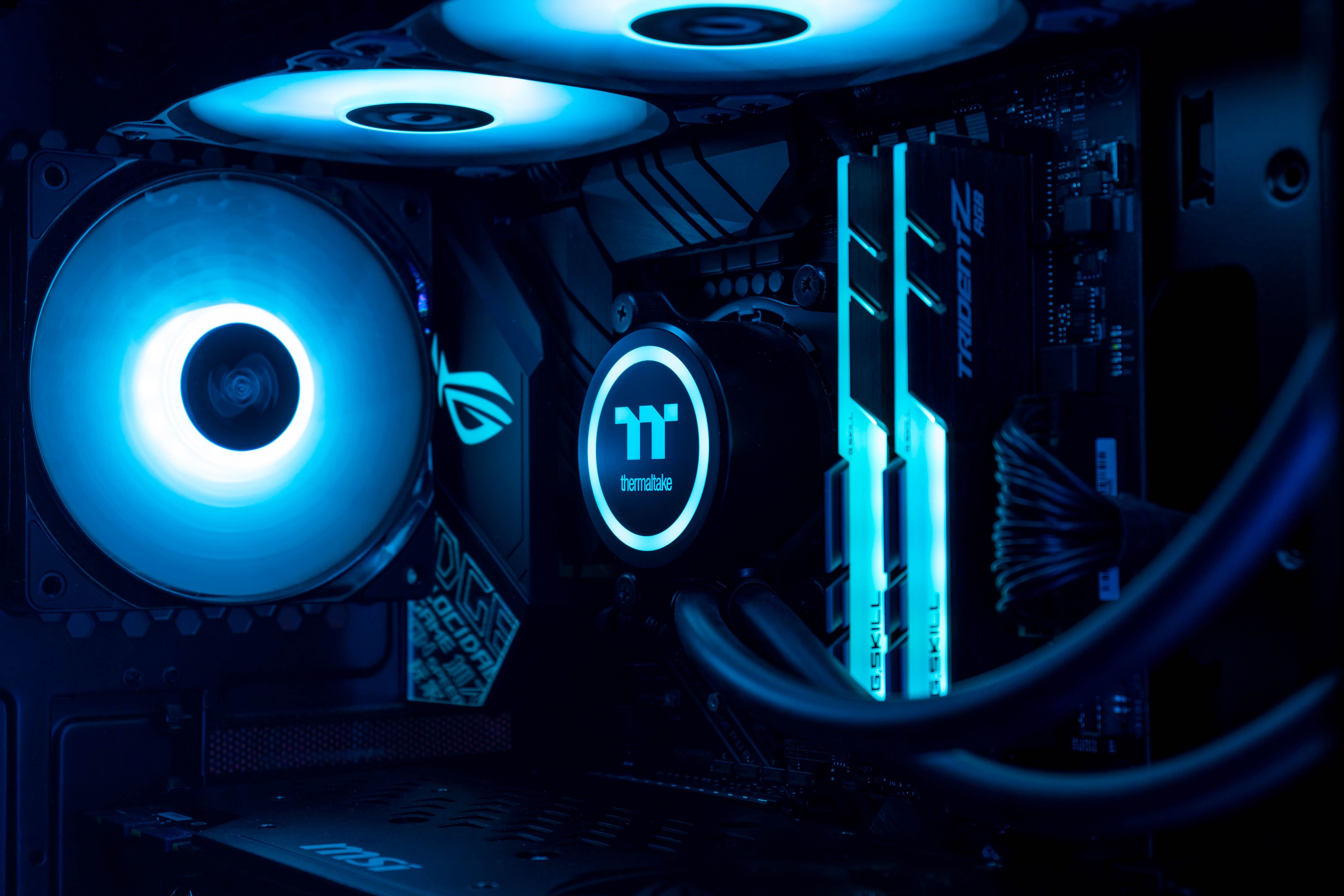
Cooling fans come in a number of different brands, and there are several options available to you. First, you need to select the fans that go with the fan mounts. Depending on the case size, you will have four different options:
However, mounts aren’t the only thing you need to consider. For example, the size of the fans is also an important factor. Larger fans tend to move the same amount of air as smaller fans, but at lower revolutions.
Therefore, large fans are generally quieter than smaller ones. Another thing you need to consider is the fin type. There are two options: one that offers better static pressure and another that is optimized for airflow.
The latter is generally quieter and is ideal for installation in the front of your case. The former pulls or pushes air by applying extra force, so it’s a better choice if you’re going to install fans on the back of your case. And then you also have to consider whether you want RGB and aesthetics.
Plan the direction of your PC’s fan airflow
Once you’ve purchased the fans for your gaming PC, it’s time to figure out how to optimize and really time the airflow properly. There are several important things to consider, starting with the direction.
Remember that air always flows from the open side and moves towards the fan guard. Simply put, air should always flow from front to back. So ideally the open side of the fan should always be on the outside of the case. These are also known as intake fans.
Most computer cases are designed to allow airflow from front to back and bottom to top. So, since the open side draws in air, you can also place them on the back inward or on top, if your case allows.
Keep your PC in a ventilated area
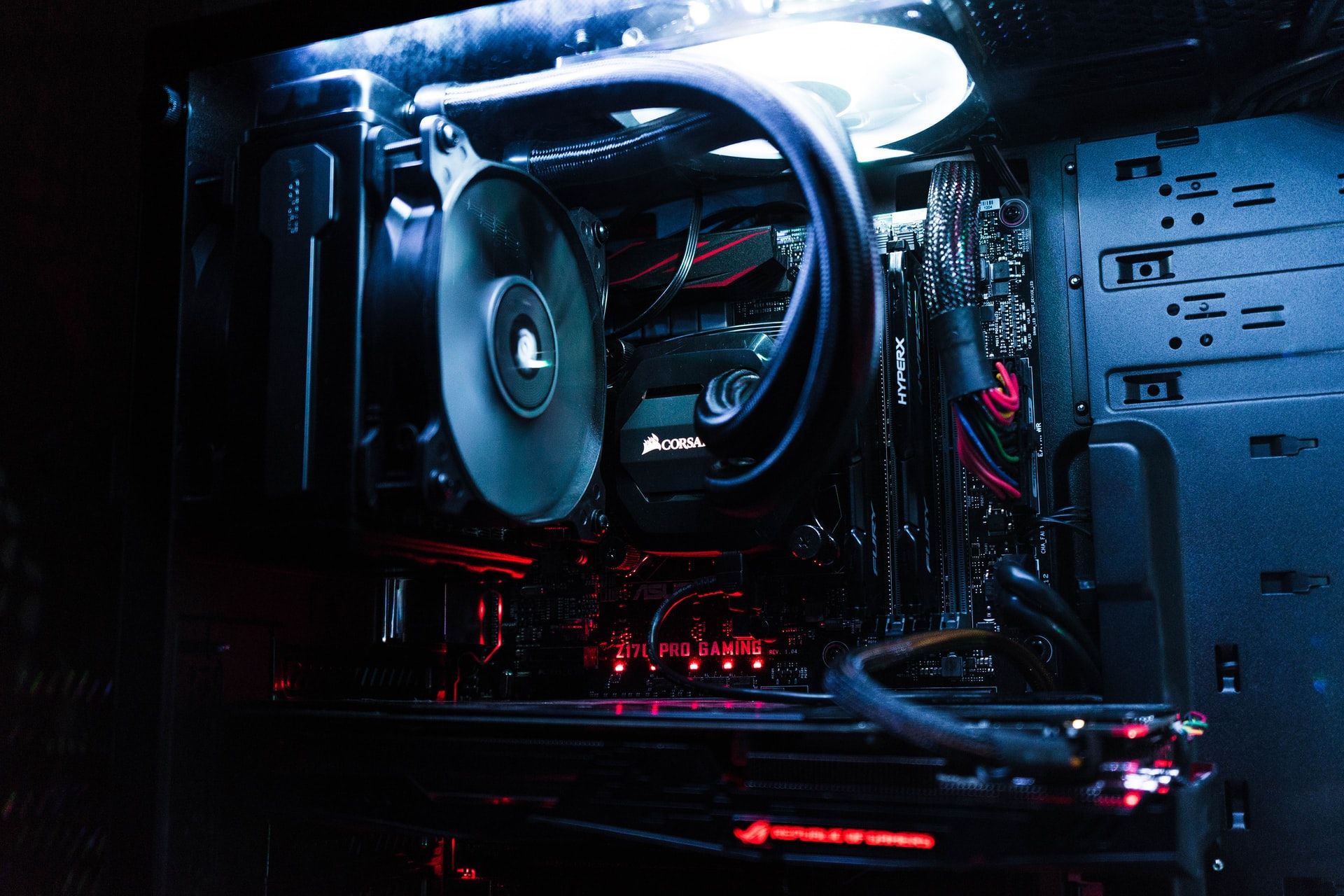
This one goes without saying, but it’s something a lot of people tend to overlook quite frequently. Your PC should be kept in a ventilated area, but not where it will sit between drafts.
Some fans, especially intake ones, are important in directing cooler air from the environment to the case. The fans on the back usually act as exhaust fans, pushing hot air out of the system.
So, if you put your PC in a corner or in a cabinet somewhere, it won’t help you at all. It will simply continue to circulate the same hot air, possibly causing the internal components to overheat.
Ideally, you’d want to keep your PC slightly elevated, especially if the floor is carpeted. Or, you can still keep it on a desk or table if you prefer.
Get rid of obstacles
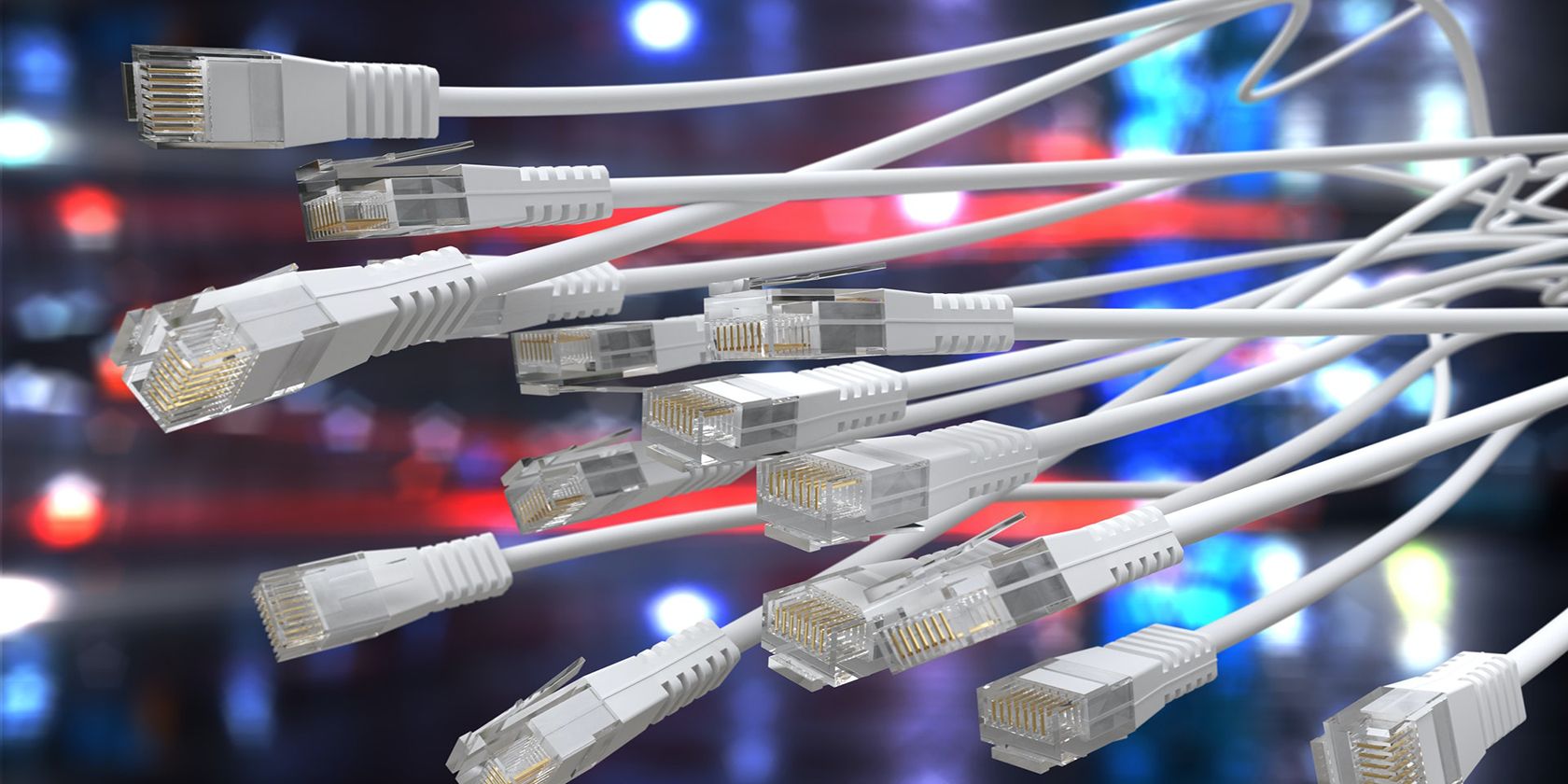
Good cable management is essential to optimize the airflow in your PC. Ideally, you’d want as little obstruction as possible between the exhaust fans and the intake fans to allow for efficient airflow, but that’s not possible.
It is therefore important that you start from the front. Remove any obstructions in front of the intake fans so they can draw in air cleanly. Then go inside. Make sure all internal components, such as your GPUs or hard drives, are mounted horizontally.
Once you are done with that, the next step is the cables. Ideally, you’d want to use zip ties to bundle the cables together and move them out of the way. In some cases, there may be extra power cables, so be sure to move them to one side.
If your case came with spacers, use them to allow more unobstructed airflow inside. And, if you really want to step things up, get rid of those bulky hard drives and upgrade to sleeker, thinner SSDs instead.
Set PC fan control speeds
Now that you have installed the fans and properly tuned the internal components, it is important to configure the fan control speeds.
In general, most BIOS programs allow you to quickly adjust the fan speed. There are temperature sensors inside, so you can determine when the fans should start at full speed.
There are third-party apps, such as SpeedFan, that you can use to adjust speeds as well. Or, if you want, you can also get a physical fan controller. Some fans also allow you to configure configurable profiles!
Balance the atmospheric pressure inside your PC
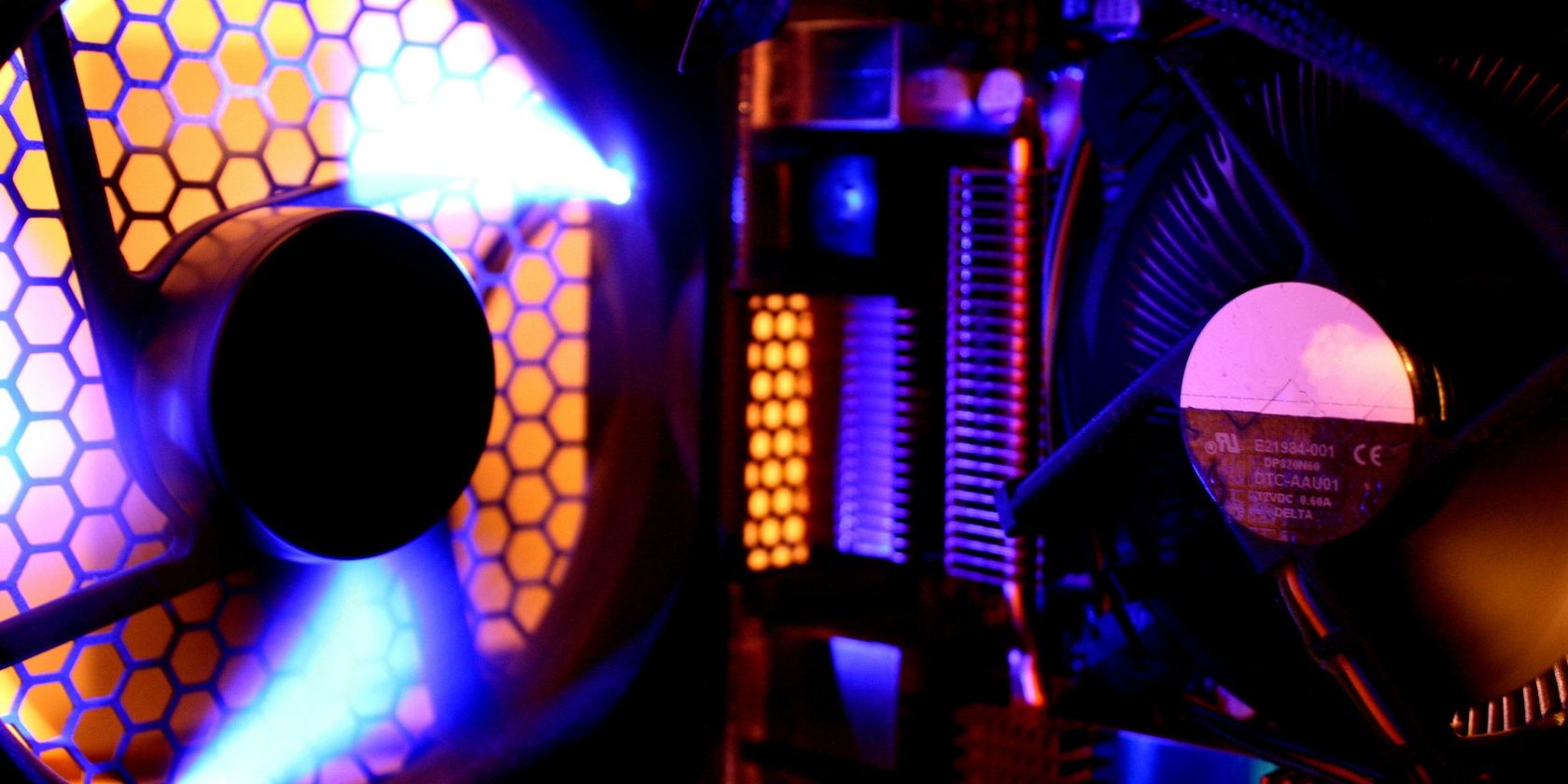
Balancing the air pressure inside is very important. Since there are different components inside the case, it is simply not possible to balance the actual equal air pressure.
Here you have two options: negative or positive air pressure. The latter simply means that your gaming PC is sucking in more air than is being blown out, and vice versa. Try to maintain a balance, or as close as possible, to reduce dust buildup and keep your gaming PC cool.
The airflow of your gaming PC is now optimized
Now your PC should stay cool, thanks to a pleasant and optimal airflow. However, no matter how well you protect your PC from overheating, dust will still get in. This is even more important to consider if you live in a dusty environment. At least once a week you should remove the lid and clean the inside.
Read more
About the Author

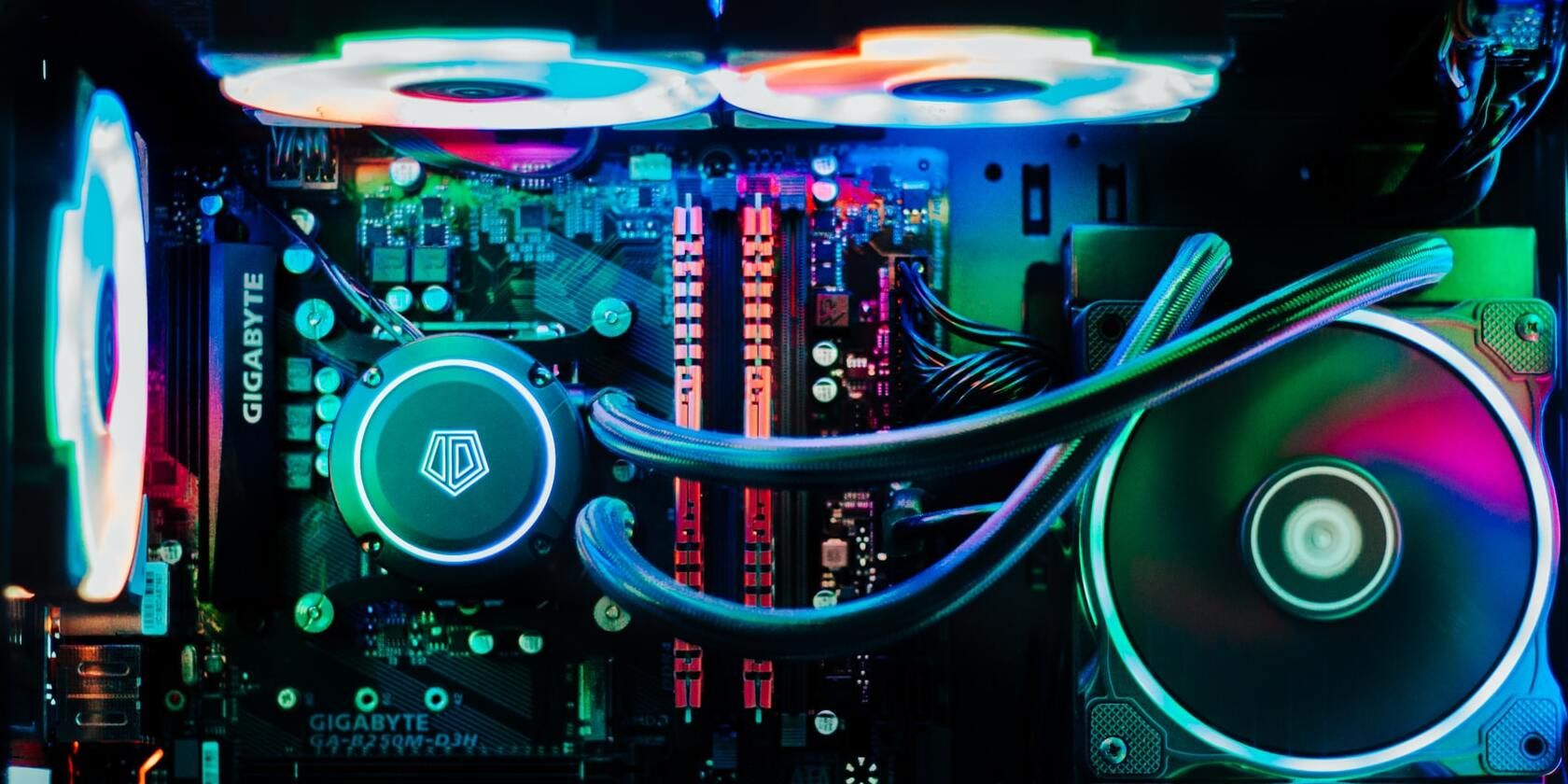
Comments are closed.